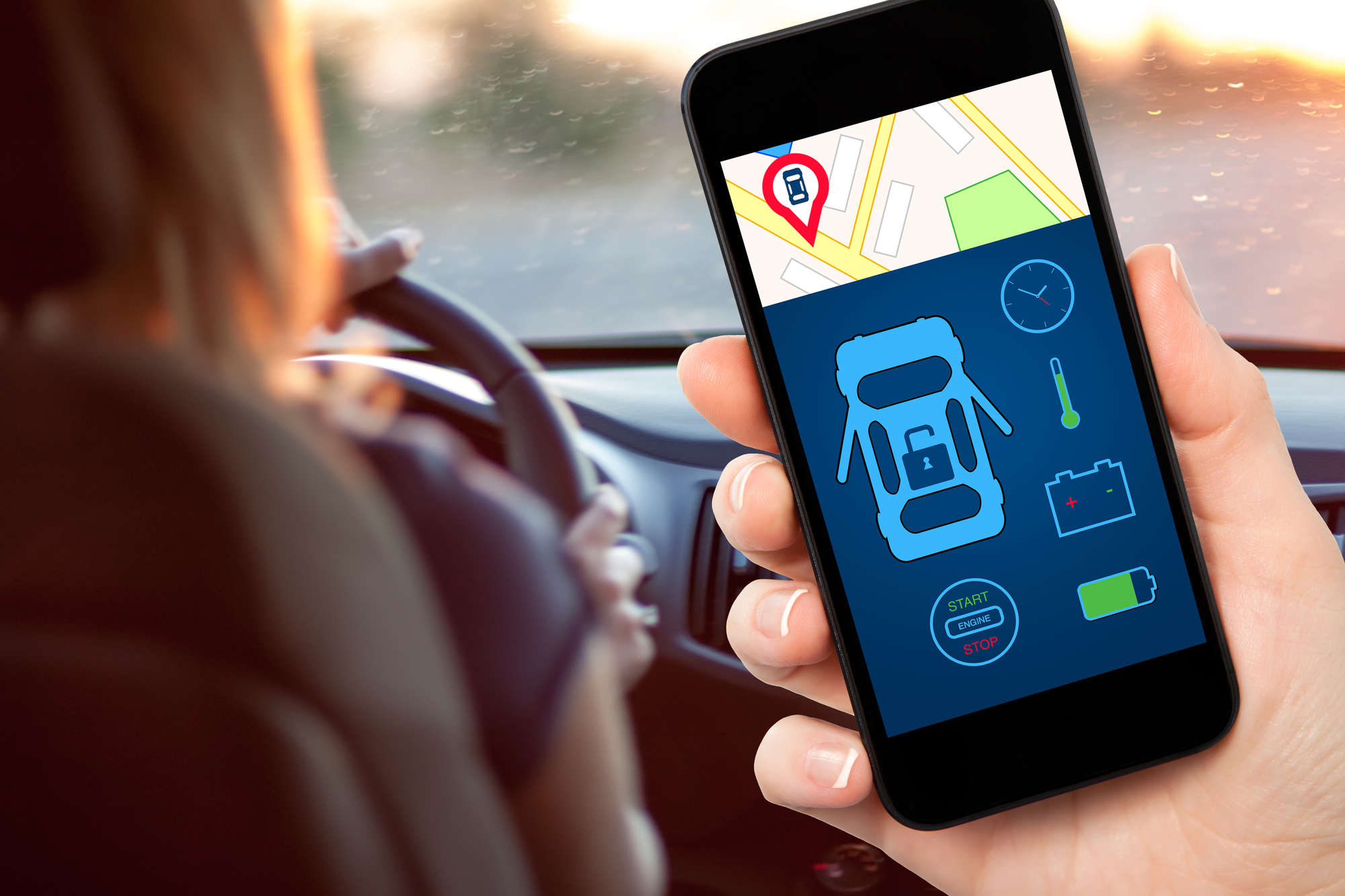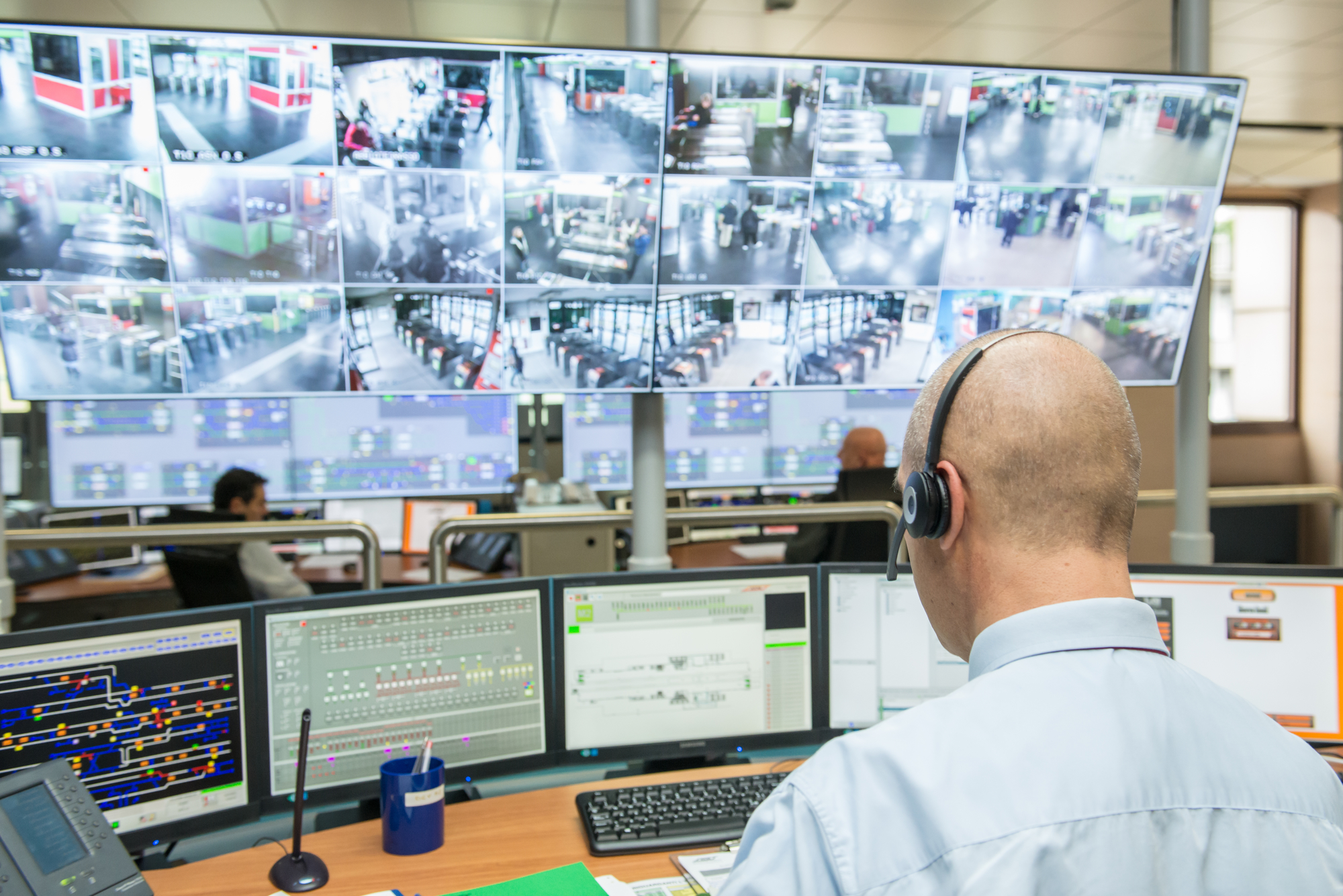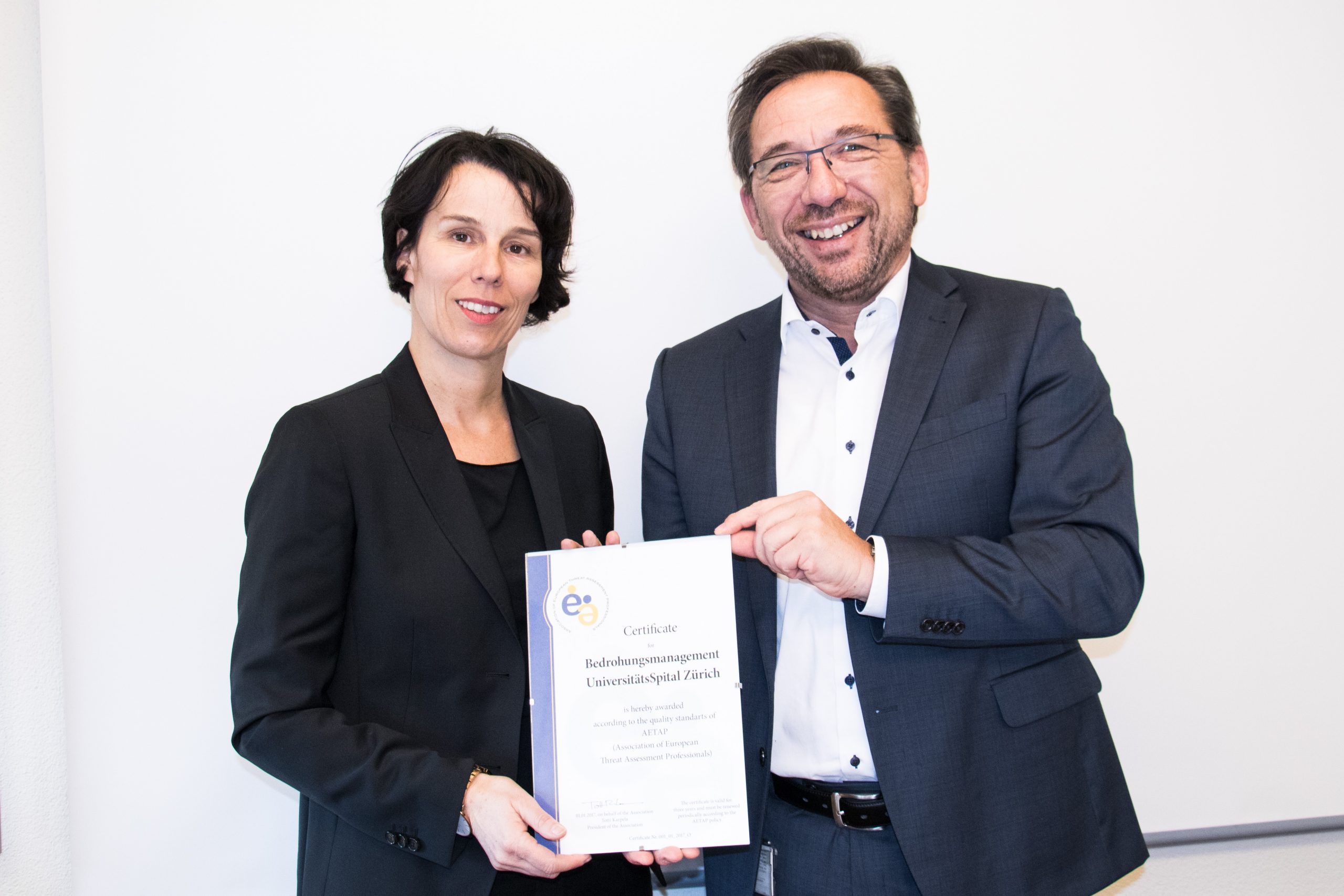Seven winter tires fairy tale
As every year at this time, motorists are surprised by the snow. In this situation, good winter tires are clearly the best choice. This is undisputed. But about winter tires also circulate many untruths or half-truths.

1. the winter tires should be driven until summer
No. As soon as spring announces itself with mild temperatures, the summer tires should be mounted. The TCS recommends to drive the winter tires from October to Easter. In addition, attention should be paid to the tread depth: As soon as it falls below 4 mm, the performance of the tires on winter roads deteriorates. For safety reasons, it is not advisable to run the tires down to the legal minimum tread of 1.6 mm.
2. buy winter tires on the Internet is cheaper and easier
No. The right choice of tires is important for the operational safety of a vehicle. It is therefore recommended to buy the tires from a specialist dealer who will provide competent advice and also take care of the fitting. If problems should arise after the tire change, one has so a partner to contact. In addition, the tire dimension is not the only important criterion when buying. The load capacity and speed index must also be taken into account. With technical knowledge, however, a bargain can be made online.
3. winter tires are mandatory in Switzerland
No. Swiss law does not stipulate that cars must be equipped with winter tires in winter. However, it is stipulated by law that the driver must keep his or her vehicle in safe operating condition at all times. If the driver causes an accident because his or her vehicle was not equipped appropriately, the insurance company can take recourse against him or her.
4. winter tires are useful only on the snow
No. Winter tires are safer than summer tires in low temperatures on wet roads and on icy roads.
5. all-season tires are an ideal compromise
No. Although newer models have proven themselves and shown that they can perform as well as summer and winter tires in some cases, they have only achieved these results in certain disciplines in each case. All-season tires that are efficient on summer roads have weaknesses on snow, and tires with good winter characteristics are less efficient on dry roads. The all-season tire is therefore always a compromise.
6. the more expensive the more powerful are winter tires
No. This claim has been repeatedly refuted by TCS tire tests. A tire should be selected according to the results of the TCS test and according to personal needs and not according to price. TCS recommends obtaining several offers including mounting and balancing, comparing them and only then choosing.
7. four tires with different profiles are unproblematic
No. It is important that tires of the same brand, tread and tread depth are mounted on at least one axle. The best driving assistance systems are useless with inappropriate tires.
Source: TCS
















